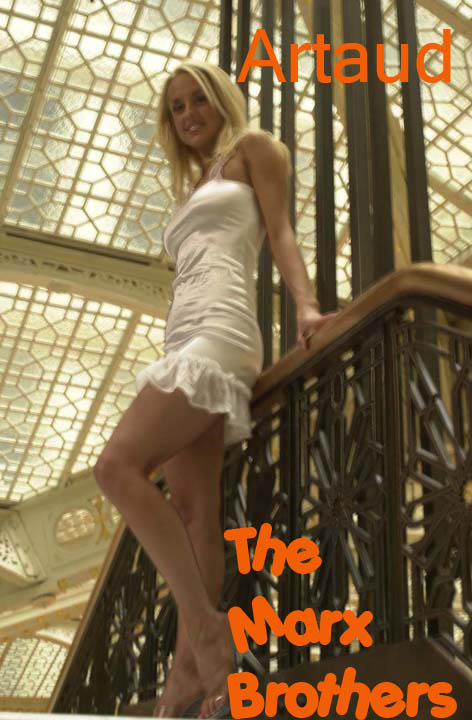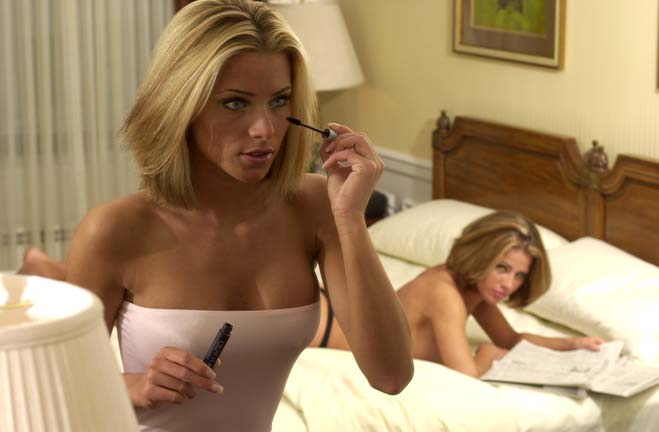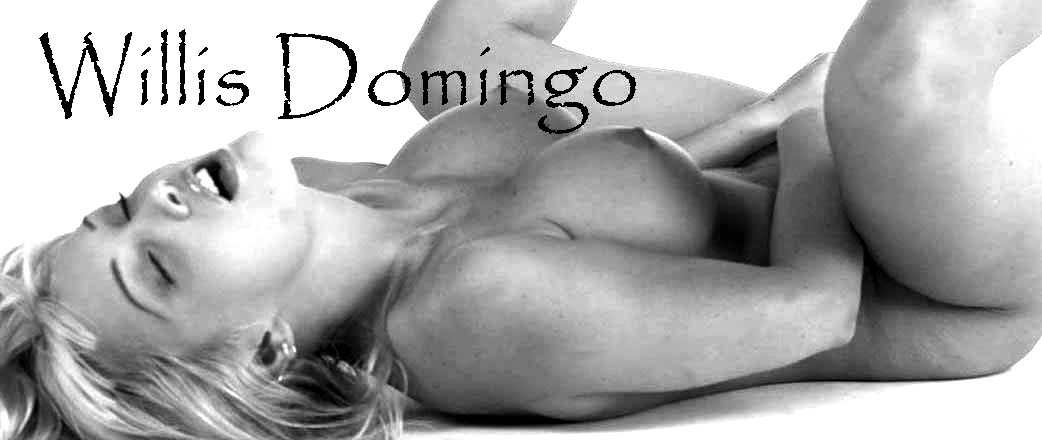 |
Artaud on The Marx Brothers Artaud’s Note on The Marx Brothers appended to The Theatre and Its Double (t. 4) crystallizes three issues that appear over and over again to the sympathetic reader of this important manifesto: 1) The strangeness and apparent inappropriateness of the examples Artaud selects to illustrate his vision of a new theatre and a new civilization. “Over the top” would not be an inappropriate description of Artaud’s panegyric, which, as he admits, was penned in the rush of a preliminary enthusiasm following the initial French release of Animal Crackers (although Monkey Business was not released till ten months after Animal Crackers and Artaud’s Note was not published until three months after that – all of which means that Artaud had more than enough time to reconsider his initial enthusiasm). Indeed Artaud’s text teems with terms such as “magic,” extraordinary” and “liberation.” His demurral comes after speaking of Animal Crackers’ “powerful, total, definitive and absolute originality.” Animal Crackers, he suggests, wholly adheres to Surrealism, which for Artaud in 1932 was a positive recommendation. Artaud’s enthusiasm for the Marx Brothers appears untainted and unbeholden to any personal or social considerations as may be the case with his comments on French theatre. Artaud was certainly not a voice in the wilderness when it came to praising the Marx Brothers. In fact, a great deal of the appreciation originates in their relentless targeting of upper class and bourgeois behavior, its repressiveness, exclusivity and legalism. The memorable scene at the immigration table in Monkey Business that climaxes the stowaway theme from the first half of the film certainly retains its power to please. But is this the violent theatre and social upheaval that the powerful opening chapters of The Theatre and Its Double seemed to envision? In the first place there is Artaud’s nagging tendency to misdescribe his subjects. The kidnappers at the end of Monkey Business do not fondle the bare shoulders of the girl nor do they even confront their erstwhile boss. And I could not locate a scene (and, believe me, I tried) in Animal Crackers where a woman, in Artaud’s surprisingly modest turn of phrase, sticks her legs in the air and “shows for a moment, all we could have wanted to see.” Finally, note what Artaud has to say about the two dance scenes involving Groucho Marx and Thelma Todd: “…he meets and dances with her poetically in a sort of search for charm and grace of attitude…a spiritual demand….But the fact that the music to which the hunted man and the beautiful woman dance to is a music of nostalgia and escape, a music of deliverance, indicates sufficiently the dangerous side of all the funny jokes. The poetic spirit in action tends to a sort of bubbling anarchy, a total dismantling of the real through poetry.” (t. 4, pp. 134-135) But in fact the music they dance to is first a rather banal tango and, in the next scene, an equally undistinguished waltz. Both music clips are used quotationally, signifying “dance music” in general without any special emotional weight. And the dances themselves are no more than another bit if schtick, an excuse for Groucho to show off. To me they are completely lacking in poetic charm, nor are they meant to convey charm. These misdescriptions would have less weight if they didn’t recall the colossal blunders Artaud perpetrates in Chapter II where he describes Lucas van den Leyden’s Daughters of Lot as depicting more than two daughters and that some are dressed as mothers combing their hair and others as warriors preparing their weapons. In fact both are dressed in formal Flemish female clothing and one pours out a jug of water while the other allows herself to be kissed by her father. Likewise Artaud describes Lot’s beard as red, though its brownness is all the more subdued in juxtaposition to the striking red of the tent. This does not amount to simple errors of detail. It is completely erroneous and undercuts the significant place Van Den Leyden’s painting occupies in Artaud’s text. Perhaps there is some sort of hidden Surrealist intent here but I fail to see it. These misdescriptions relate to doubts one feels about Artaud’s choices of what constitute historical models for a theatre of cruelty or an art of cruelty. There are issues of both relevance and quality. Daughters of Lot is an early Netherlandish painting of undeniable quality. However, its sexuality is far from “profound,” to echo Artaud. It is in fact somewhat pudicious particularly in comparison with Van den Leyden’s much more explicit engraving on the same subject. It does present a hallucinatory vision of a world in the process of destruction and for that reason merits attention and appreciation. But from that standpoint there are other works of similar emotional impact from early Netherlandish painting not to mention the horrific Andachtsbilder and Crucifixions from German mediaeval art. Artaud’s critical choices from the history of the theatre are equally curious. His praise for the revival of ’Tis Pity She’s a Whore highlights a growing appreciation for Jacobean theatre and its position as very likely the high point of English literature. It is as if the Surrealists saved us from the bowdlerization and underestimation practiced by those emasculated English littérateurs with their velvet bow ties and mincing manner. However, one wonders what he saw in Shelley’s The Cenci and at the attention he paid to Gothic literature in general, for the latter really is a sort of artificial and somewhat self-conscious reflection of the great world of Jacobean theatre. Much has been made of the fact that Balinese theatre is in fact a very hieratic and ceremonious affair and rather incompatible with Artaud’s ecstatic descriptions of a theatre of cruelty. That criticism is not really fair since Artaud makes clear that the value he sees in Balinese theatre is the symbolism of the body language and the formalized communication that transcends the literal sense of spoken dialogue. This brings us back to the Marx Brothers who really are supposed to be the anarchic liberators of a theatre of cruelty. There can be no doubt that in both intent and effect there is some affinity with what Artaud sought to promote. However, it is difficult to draw a sharp line between their movies and the despised boulevard theatre. It is a short step from the farce of Feydeau to the vaudeville schtick of Marx Brothers routines. In fact some of the langeurs of Animal Crackers are due to the fact that it is conceived as a musical with set pieces devised by those old Broadway hands, Kaufmann and Hart. The (truly horrendous) musical numbers and the conception of the schtick as individual scenes interrupting the flow of the film make Animal Crackers a kind of stagey stop and start affair. Monkey Business is much better conceived and directed and has a true feeling for comic pace and climax. Yet it is notable that in our disabused Dave-Chappelle-and-Hustler-inspired world the Marx Brothers seem almost as comforting as a warm cup of chamomile while Artaud’s prose at its best retains all its disturbing and electrifying power. (Indeed Artaud’s spirit can best be felt not in the relatively literary atmosphere of absurdist drama so much as the energy surrounding individuals like Jerzy Grotowski and groups like The Living Theatre. The fact that that energy appears of late to have abandoned its ties to literature and retained any vigour at all only in music is a topic worth an independent discussion.) The fact that we scratch our heads over Shelley and The Marx Brothers is a tribute to the fact that Artaud the philosopher and Artaud the polemicist was so much superior to Artaud the critic. American vulgarians are not really warranted in assuming their usual air of superiority whenever a non-American tries to see in the indigenous art anything more than an apology for thumb-sucking obscurantism. The only reason that someone would not be excited to reflection by a successful work of art is that, being brainless in the first place, he is not really capable of aesthetic reflection, and would prefer not to have that fact overexposed. This should be confirmed by our suspicion that the majority of the American movie-going public really is brainless. Artaud anticipates this attitude by arguing that Marx Brothers movies are not mere comedy. Their movies communicate something else involving moments of both revolt and fatality. 2) An aporia that one might call the “Paulhan Paradox” since it is expressed most starkly in an exchange of letters with Jean Paulhan regarding the opening chapter of The Theatre and Its Double. The theatre is a staging ground for revolt and from revolt comes the catastrophic drama such as Artaud describes in Chapter I. Unless one understands emotionally and intellectually the need for revolt, the Paulhan Paradox makes no sense. Academic faggots, thumb-sucking bourgeoisie and your basic goober are all excluded from the discussion. But anyone who is disgusted enough by the world around him to experience some nostalgia for the utter destruction portrayed in Artaud’s narrative should reflect on Paulhan’s query. It is quite clear that by a theatre of cruelty Artaud did not advocate violence perpetrated on the spectators in the course of a theatrical performance, nor did he view the theatre as an incitement to violence. Rather, he draws a parallel between the psychological upheaval induced by outbreaks of the plague and a sort of psychological upheaval that should be produced by a work of art. Indeed if the Marx Brothers and ’Tis Pity She’s a Whore are exemplary works for a theatre of cruelty, the relation Artaud seems to find is one of analogy more than direct causality. Nevertheless, even given a proper understanding of Artaud’s text and his clarifications in letters to Jean Paulhan and to André Rolland de Rennéville, lingering questions remain. For example, does the rhetorical flourish of the notion of cruelty serve as no more than a sort of headline to attract attention to a manifesto that is primarily focused on advocating symbolic gestural language and theatrical innovation? Similarly, Artaud clearly does not go as far as Sade, for example, in advocating a direct assault on civilization. Is this just intellectual timorousness on Artaud’s part? Is there room for comparison and understanding between what Artaud and Sade advocated? What is the status of the famous criminals – Gilles de Rais, Isabelle de Bavière and Foucault’s Pierre Rivière – much prized by Surrealists? Is there a line to be drawn between art and crime? These issues go to the very heart of The Theatre and Its Double and deserve a separate discussion. 3) The general culture and how the transformation of theatrical practices is meant to revolutionize or, so to speak, theatricalize, life outside the theatre. The anarchic side of the Marx Brothers, exemplified in the famous immigration table scene, bears affinities with the Surrealists’ flirtation with left wing politics. The influence of the theatre on the way we lead our lives - the protracted love-hate between art and revolution - also needs a separate discussion. The privileged position of theatre with respect to a transformation of culture as a whole is an issue specific to Artaud, although art and artists are at the center of emotional understanding of revolt. There can be no doubt that The Theatre and Its Double, and indeed the entirety of Artaud’s oeuvre, constitutes an important element in the criticism and overturning of social norms. Artaud’s ideas have seeped into the very sinews of radical writers from Marcuse to Norman O. Brown and beyond and serve as a touchstone for the best in theatrical and musical innovation. Before we can consider the degree to which modern culture has fulfilled – or perhaps betrayed - Artaud’s vision, it would be good first to try to understand that vision. What did Artaud want, and what would a Society of Cruelty look like? Oftentimes Artaud indicates that there really is no sharp barrier between the theatrical performance and non-theatrical or non-artistic experience, that the reforms he advocates are really a type of transformation of life and not restricted to the theatre. The scope of his ambition is a small hint of the philosophical importance of cruelty.
|
Willis Domingo

There are naked women and big words inside. If you are under the age of 18, you do not belong here and should leave immediately by clicking here to exit. If you are an adult and do not wish to see erotic images of any kind or if you are simply stupid, click here to exit.
